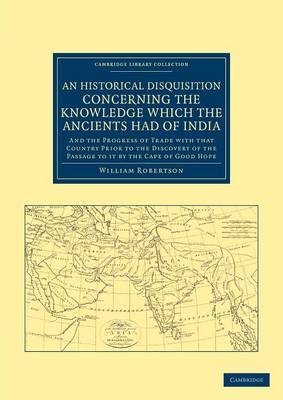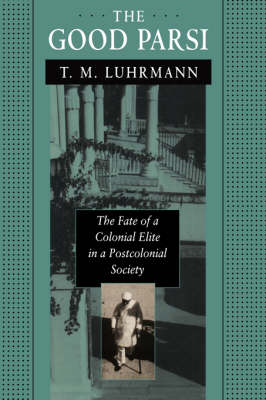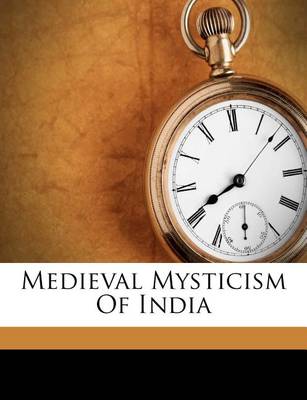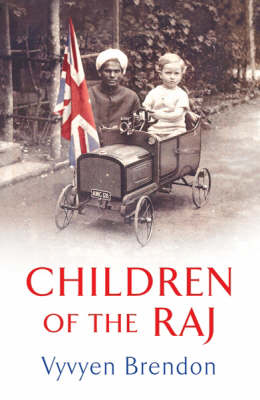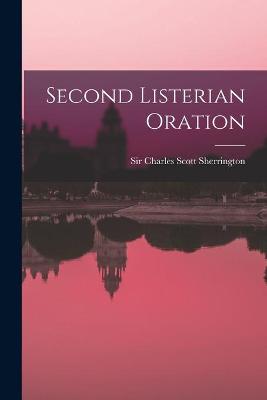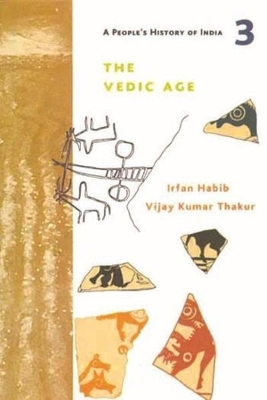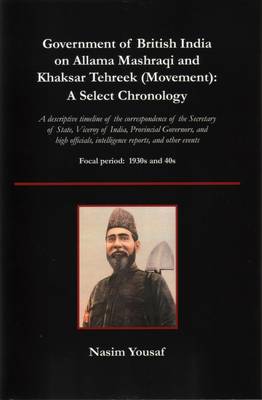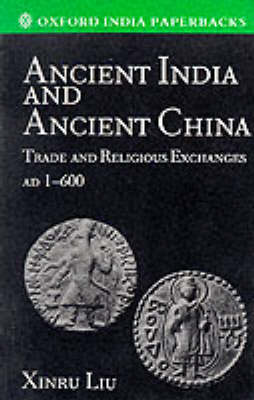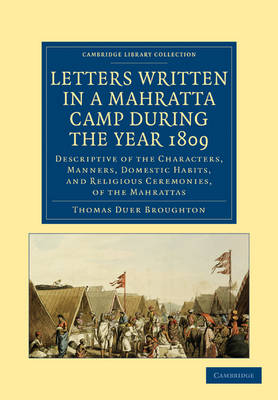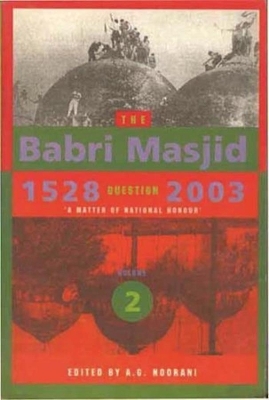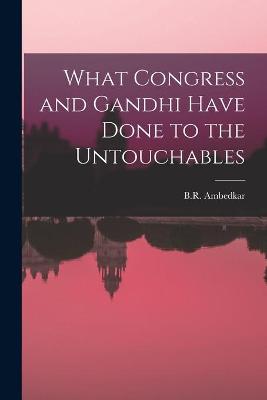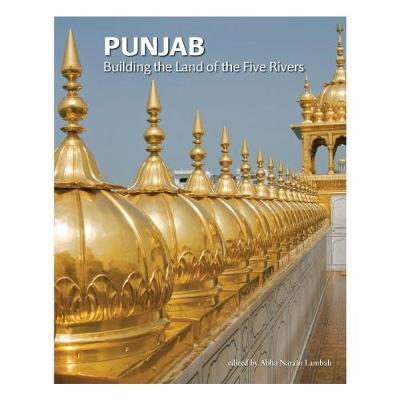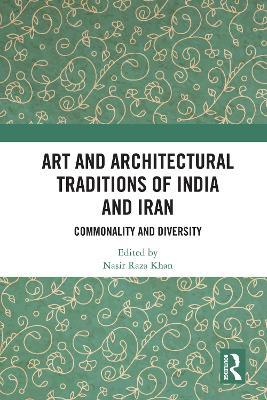This entertaining account of the English in India studies the behavior and the customs of the English from the very first connections down to the end of the eighteenth-century. It attempts to trace and account for the various phases of the development of the social life of the English in eighteenth-century India. The author, the late Dr. Percival Spear (1901-1982) taught history at St. Stephen's College, Delhi, and was the author of The Oxford History of Modern India 1740-1975.
William Robertson (1721-93), Principal of the University of Edinburgh and historiographer to His Majesty for Scotland, published this work in 1791. Already famous for a History of Scotland, which went into many editions, and a History of America, Robertson aimed to synthesise all earlier western accounts of the subcontinent from classical times to the sixteenth century. Beginning with a consideration of the practical difficulties facing explorers from Europe and Africa who headed east, Robertson...
Administration of the Mughal Empire
During the Raj, one group stands out as having prospered and thrived because of British rule: the Parsis. Driven out of Persia into India a thousand years ago, the Zoroastrian people adopted the manners, dress, and aspirations of their British colonizers, and their Anglophilic activities ranged from cricket to Oxford to tea. The British were fulsome in their praise of the Parsis and rewarded them with high-level financial, mercantile, and bureaucratic posts. The Parsis dominated Bombay for more...
Vyvyen Brendon's evocative, at times heart-tugging book, runs from the 18th century and the East India Company, through the Afghan wars, the Indian mutiny and the more settled era of the Queen Empress, and culminates in the conflict leading to Britain's hurried exit in 1947. Its subject is the young progeny of traders, soldiers, civil servants, missionaries, planters, engineers and what should be done with them. Until the coming of air travel these children often only saw their parents every fe...
Royal Patronage, Power and Aesthetics in Princely India (Empires in Perspective, #15)
by Angma Dey Jhala
Investigating the aesthetics of the zenana - the female quarters of the Indic home or palace - this study discusses the history of architecture, fashion, jewellery and cuisine in princely Indian states during the late nineteenth and twentieth centuries. The women of these groups inhabited multiple worlds, equally at home in their often remote semi-autonomous princely states as in the metropolitan cities of British India and Europe or at 'coming out' parties in London. During British colonial rul...
Serving Empire, Serving Nation: James Tod and the Rajputs of Rajasthan (European Expansion and Indigenous Response)
A People's History of India 3 - The Vedic Age (People's History of India)
by Irfan Habib and Vijay Thakur
The Vedic Age completes the first set of three monographs in the People's History of India series. It deals with the period c. 1500 to c. 700 bc, during which it sets the Rigveda and the subsequent Vedic corpus. It explores aspects of geography, migrations, technology, economy, society, religion, and philosophy. It draws on these texts to reconstruct the life of the ordinary people, with special attention paid to class as well as gender. In a separate chapter, the major regional cultures as reve...
This book should prove to be unique in many ways. Written in two parts, Part I is a comprehensive survey of Canada - its history, geography, the people, the political and economic aspects, arts and culture including the film industry and a bird's eye view of the entire country, including possibly for the first time, of Canada North, the vast area covering the Arctic region of the country. Having served as India's High Commissioner to Canada (1992-97) for nearly five years, the author's coverage...
Government of British India on Allama Mashraqi and Khaksar Tehreek (Movement)
Synopsis: An unprecedented academic undertaking toward the Indian sub-continent’s history, this landmark publication presents a timeline of the Government of British India’s materials as well as historically important events and news, relevant to Mashraqi and his Khaksar Tehreek (Khaksar Movement). It contains descriptive information on the secret and private correspondence of the Secretary of State for India, Viceroy of India, Provincial Governors, and other high officials. It also includes des...
The importance of this book lies in conclusively establishing the linkages between, on the one hand, the transmission of Buddhism from India to China, and, on the other, the trade in commercial items that went on between these two countries.
The purpose of this book, published in 1813 by Thomas Duer Broughton (1778–1835), is to provide an English audience with an accurate description of 'the character, manners, domestic habits and religious ceremonies of the Mahrattas'. Broughton, an army officer in the East India Company, first arrived in India while serving as a cadet in the Bengal establishment in 1795, and eventually rose to the positions of captain in 1805, major in 1816 and colonel in 1829. The book consists of a series of thi...
The Babri Masjid Question, 1528-2003 - `A Matter of National Honour`
by A. G. Noorani
The Babri Masjid Question, 1528-2003: 'A Matter of National Honour' is a compilation by A.G. Noorani, in two volumes, of primary source material on various aspects of the Ramjanmabhumi-Babri Masjid dispute. The documents, chronologically arranged under thematic chapter heads and covering historical, archaeological, legal and political ground, clearly reveal why and how an issue that had been settled in the nineteenth century was revived in the twentieth century, and exploited for sordid politica...
The Land of the Five Rivers
Art and Architectural Traditions of India and Iran
This book presents a comprehensive overview of the historical and cultural linkages between India and Iran in terms of art and architectural traditions and their commonality and diversity. It addresses themes such as early connections between Iran, India and Central Asia; study of the Qutb Complex in Delhi; the great immigration of Turks from Asia to Anatolia; the collaboration of Indian and Persian painters; design, ornamentation techniques and regional dynamics; women and public spaces in Shah...
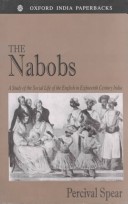
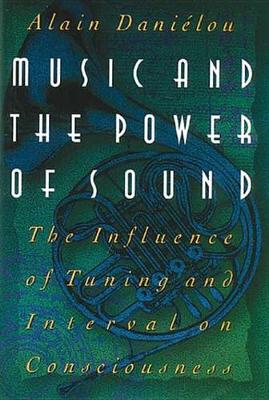
![Cover of Diary and Consultation Book ... [serial]; 1716](https://images.bookhype.com/covers/f9/78/94cbabdb-3572-4de0-b118-a8d34dea879f/9781013400179-fdb806338062f1e63a064a.jpg)
